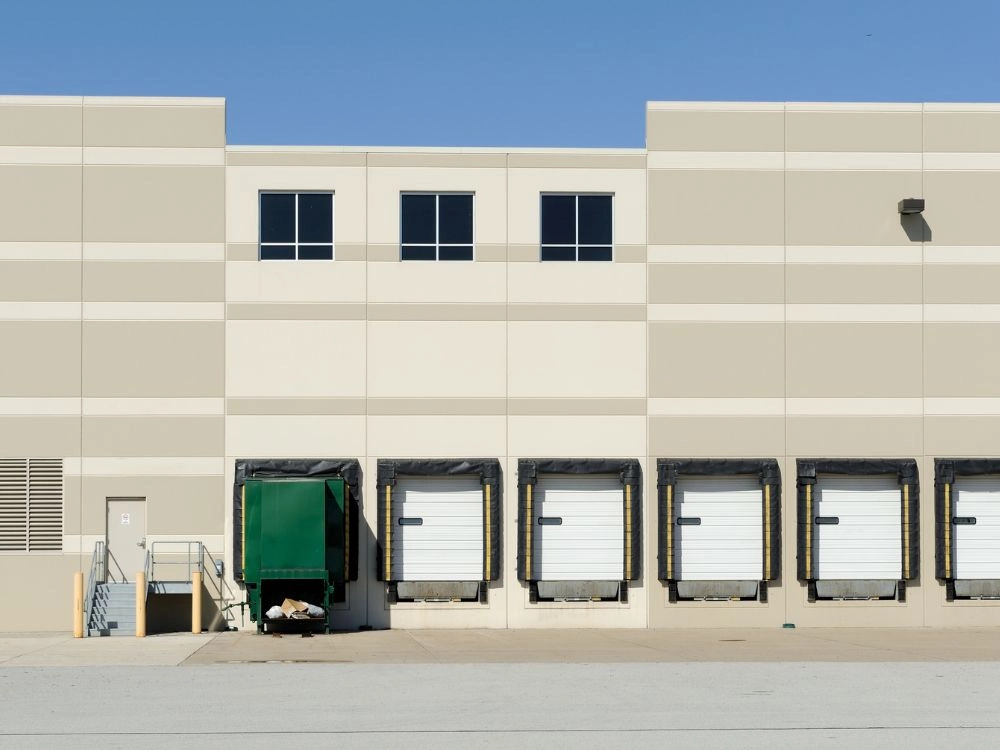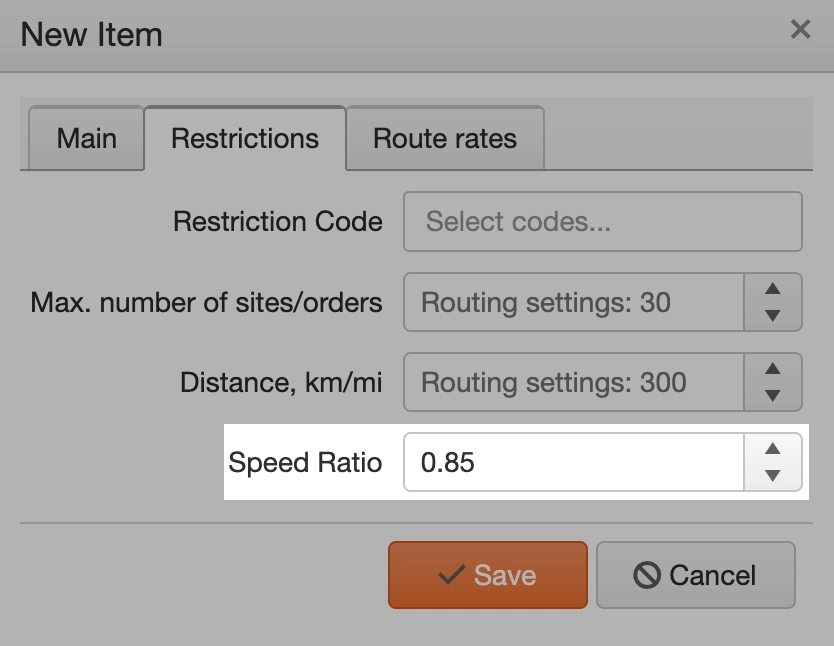Track-POD Hits the Road with Android Auto & Apple CarPlay Support
Deliver safer, smarter, and faster with Track-POD’s hands-free in-vehicle app integration. Your drivers stay focused on the road while your operations run at full throttle.
Read More

Does Track-POD offer live traffic updates?
This is one of the most frequently asked questions we get. We thought we'd take the time to answer it in detail and explain why Track-POD route planner doesn't offer live traffic updates and what can be done instead.
Let's start with the definition.
Live traffic data aka live traffic updates or real-time traffic updates is the data used in fleet routing in order to determine routes with the least amount of traffic.
Heavy traffic can significantly impact delivery times. In order to consider traffic when routing commercial vehicles, logistics operations can use real-time traffic data.
Live traffic routing is possible by accessing third-party traffic systems. In addition to the courier being able to use GPS apps like Waze to avoid heavy traffic, dispatchers can also use real-time traffic data to navigate drivers away from traffic jams.
If live traffic data are so helpful in avoiding delays, why doesn't Track-POD route planner use it?
Live traffic data is great for simple routes from A to B but incompatible with multi-stop routes.
The reality of multi-stop routing is such that your couriers need to meet many time slots throughout the day. This is what happens when you combine multi-stop routing and live traffic data.
When a route planner builds a multi-stop delivery route, it does so considering the courier's working hours. A route optimization algorithm like Track-POD's will take into account the service time and determine how many stops a courier can fulfill in a day.
Using live traffic data, drivers will deviate from their pre-calculated optimized routes, which can result in longer working times. Longer working hours, in turn, entail higher operational costs as you need to compensate your staff for overtime.
Time slots are customers' preferred time windows for delivery or collection. They are often specified at the checkout to be taken into account during routing. With multi-stop route planning, many time slots are arranged in a sequence for which a route is built.
Live traffic data will often mean deviation from the route. When couriers deviate from their pre-defined routes, meeting customers' preferred time slots becomes a challenge.
The failure to deliver within the agreed-upon time windows increases the risk of delivery failure and return trips.
Time slots are not necessarily specified by individual customers who will be expecting their packages at home. In B2B delivery, time slots are connected with dock schedules.

Businesses that need to be on a dock schedule will lose time if unable to meet their slot for unloading. Using live traffic data, drivers are at a higher risk of missing their time slots and creating a queue of trucks for docking.
If real-time traffic updates are incompatible with multi-stop routing, what can be done instead? Let's look at how we approach this in Track-POD route planner.
We built Track-POD route planner for logistics operations that need to build multi-drop routes for diverse fleets. Therefore, real-time traffic data was never an option for our customer profile.
Instead of using third-party live traffic data, Track-POD works with statistical traffic data that is built into our proprietary route optimization algorithm.
Statistical traffic data allows delivery operations to make use of average traffic patterns while building routes and calculating estimated time of arrival (ETA).
In addition to statistical data that will always be applied during route planning and optimization, you can further personalize calculations based on the knowledge of your team and your service area.
Track-POD allows you to set a speed ratio for each of the vehicles in your fleet. You can do so based on the driving patterns of your courier staff members and change it every season.

Adjusting the speed ratio every season will help you get more precise routing and meet delivery times every time.
Nothing impacts traffic patterns more than the weather. To make Track-POD route optimization more precise, we're focusing on the weather as the main cause of traffic changes.
In 2023, we plan to further improve Track-POD's route optimization algorithm by making it weather-sensitive.
Season changes will be reflected in the statistical traffic data so that you don't have to adjust your speed ratio manually based on the season alone. By pulling the weather forecast from a third-party system, we plan to make these adjustments automatically.